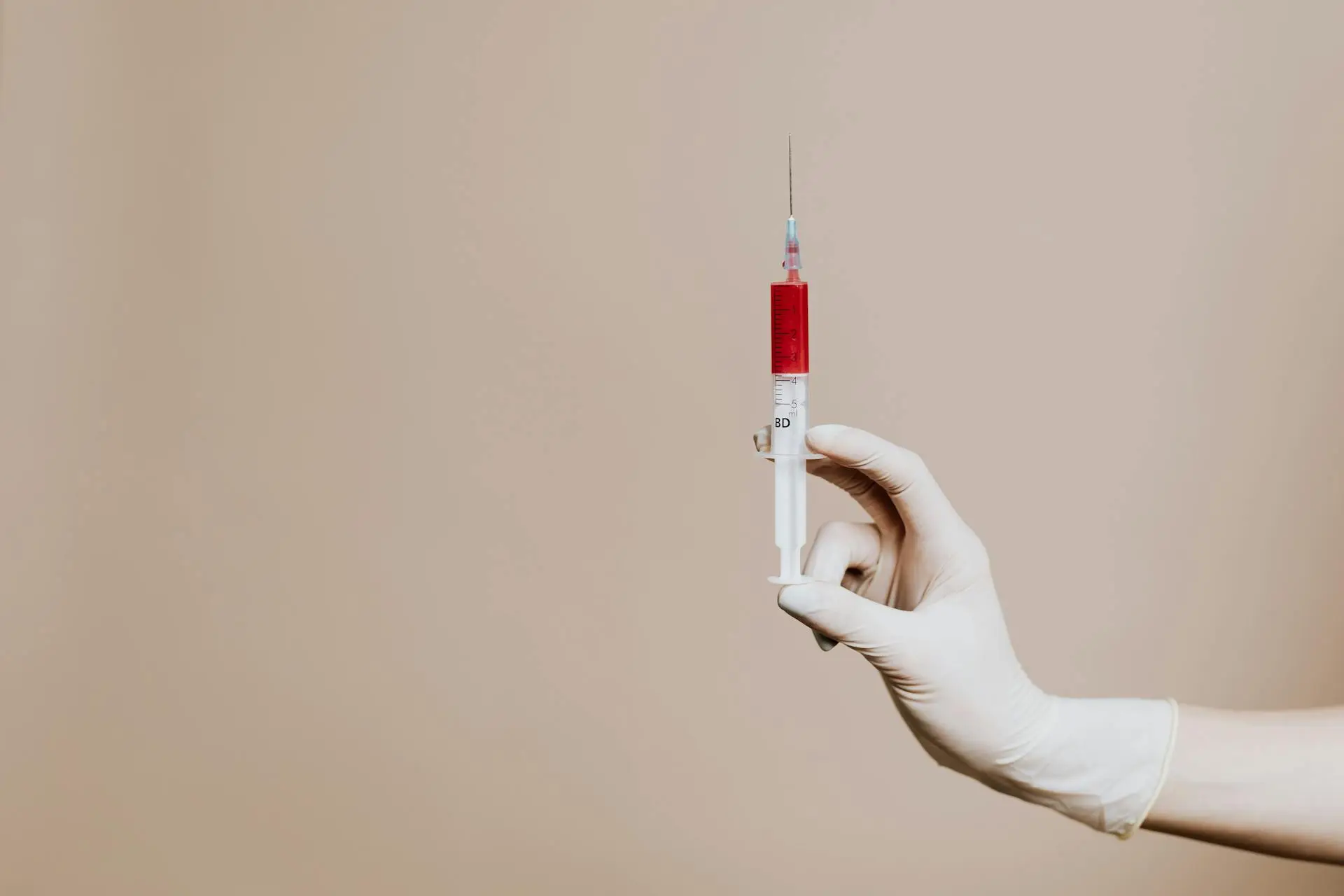Most people underestimate the impact a SIRVA injury can have on your everyday activities. This condition, often resulting from improper vaccine administration, can lead to persistent shoulder pain, discomfort, and limited movement, affecting your ability to perform daily tasks and enjoy life. You may find simple actions, like reaching for objects or participating in physical activities, becoming increasingly challenging. Understanding the specific ways a SIRVA injury influences your daily life can help you seek effective treatment and make informed choices for your recovery journey.
Understanding SIRVA
A SIRVA injury, or Shoulder Injury Related to Vaccine Administration, occurs when a vaccine is improperly injected, leading to shoulder-related pain and dysfunction. Unlike typical shoulder pain, SIRVA arises specifically from the vaccination process, emphasizing the importance of correct injection techniques to avoid long-lasting effects on your daily life.
Definition of SIRVA
Any injury related to inappropriate vaccine administration that affects your shoulder area is classified as SIRVA. This condition can result from factors such as the injection site’s proximity to the shoulder joint and improper techniques during the vaccination process.
Causes and Risk Factors
With SIRVA, various causes and risk factors contribute to its onset. They include:
- Improper injection techniques
- Incorrect injection site
- Anatomical variations
- Pre-existing shoulder conditions
Knowing these factors can help you understand the circumstances under which SIRVA may happen and prepare you for discussions with healthcare providers.
Plus, understanding the specific factors linked to SIRVA can further guide you in preventive measures. Consider these points:
- Inexperienced healthcare providers
- Improper positioning during injection
- High tension in the shoulder muscles
- Recent shoulder injuries
Knowing the significance of proper vaccine administration can help minimize your risk of developing SIRVA and the associated complications.
Symptoms of SIRVA
Clearly, experiencing symptoms of SIRVA can significantly impact your daily life. The most common indicators range from persistent pain to limitations in shoulder function, which can affect your ability to carry out routine activities, both at work and home. Recognizing these symptoms early on can help you seek appropriate treatment and support.
Pain and Discomfort
To address pain and discomfort, it’s important to understand that SIRVA often presents with localized pain near the injection site. This discomfort can be dull or sharp, potentially escalating with movement, which hinders your overall quality of life.
Range of Motion Limitations
Behind the pain, you may also face significant range of motion limitations. These restrictions can make simple tasks, such as reaching for objects or lifting, feel exceedingly difficult and may lead to compensatory movements that place additional strain on other areas of your body.
Due to the nature of SIRVA, your ability to perform everyday activities may be compromised. You might find it challenging to raise your arm, which can affect personal hygiene, dressing, and even driving. In the workplace, such limitations can prevent you from completing tasks efficiently, leading to frustration and potential job-related issues. By acknowledging these limitations and pursuing appropriate strategies for recovery, you can begin to regain your functional abilities and improve your overall well-being.
Impact on Daily Activities
Even a minor SIRVA injury can significantly hinder your ability to perform daily activities. Simple tasks such as lifting objects, reaching for items on shelves, or even carrying groceries may become challenging and painful, leading to frustration and limitations in your routine.
Work and Productivity
An injury can directly affect your work performance. Chronic pain and restricted movement can lead to increased absenteeism, diminished productivity, and difficulty in completing tasks that require physical activity. This is not only stressful but can also impact your job security and career progression.
Personal Lives and Relationships
On a personal level, your relationships may suffer due to the limitations imposed by your injury. Activities you used to enjoy with family and friends might become difficult or impossible, leading to feelings of isolation or frustration. You may find yourself withdrawing from social gatherings or unable to engage fully in family activities.
Activities you once enjoyed together may now feel overwhelming or impossible, impacting not just your personal interests but also the dynamics of your relationships. Communication can become strained if you struggle to express your limitations or if loved ones don’t understand the seriousness of your struggle. It’s crucial to maintain an open dialogue with your support network, seeking understanding and adjusting activities to accommodate your changing needs, which will help nurture and strengthen your connections.
Treatment Options
Despite the discomfort caused by a SIRVA injury, various treatment options are available to help you regain function and alleviate pain. These treatments can range from conservative methods like physical therapy to more invasive medical interventions, depending on the severity of your injury and your overall health. Consultation with a healthcare professional can guide you to the most suitable approach for your situation.
Physical Therapy
Against the odds, physical therapy can play a foundational role in your recovery from a SIRVA injury. Through tailored exercise regimens and hands-on techniques, a physical therapist can help you restore mobility, strengthen muscles, and reduce pain. Engaging in this therapeutic process actively empowers you to take control of your recovery journey.
Medical Interventions
Options for medical interventions may include medications, injections, and even surgical procedures when conservative treatment falls short. A comprehensive evaluation by your healthcare provider will help determine the most effective path forward. Medications can alleviate pain and inflammation, while injections like corticosteroids may provide targeted relief. In more severe cases, surgery could be necessary to address structural issues. Each of these choices carries potential benefits and risks, so it’s important to discuss all options thoroughly to make informed decisions about your health.
Coping Strategies
Now that you understand how a SIRVA injury can affect your daily life, implementing effective coping strategies is vital for managing your condition. These strategies can help you navigate the challenges of living with shoulder pain while allowing you to maintain a sense of normalcy.
Pain Management Techniques
An effective method for managing your pain involves the use of both medication and non-pharmacological approaches. Over-the-counter pain relievers can offer temporary relief, while heat or ice therapy may reduce inflammation and discomfort. You could also explore physical therapy and exercises designed specifically for your condition.
Lifestyle Adjustments
Below are some lifestyle adjustments that can significantly improve your quality of life despite the challenges posed by a SIRVA injury. Incorporating gentle stretching and strengthening exercises into your routine, along with practicing good posture, can prevent further strain on your shoulder. Additionally, modifying daily tasks, such as using ergonomic tools for lifting and reaching, minimizes stress on the affected area.
Techniques like prioritizing rest and implementing time management strategies can help you balance your activities without overloading your shoulder. Consider incorporating brief breaks throughout your day to allow for necessary recovery time. Engaging in relaxation techniques such as deep breathing or mindfulness can also support your emotional well-being as you cope with the physical challenges of the injury. Making these small yet impactful adjustments can enhance your overall experience while living with a SIRVA injury.
Legal and Financial Considerations
Keep in mind that navigating the legal and financial aspects of a SIRVA injury can be overwhelming. You may need to consider how medical expenses, lost wages, and rehabilitation costs could impact your financial situation. Understanding your rights and options is crucial to securing the compensation you deserve while managing your injury’s effects on daily life.
Health Insurance
On total, your health insurance may cover some of the medical expenses associated with a SIRVA injury. It’s crucial to check the specifics of your policy and ensure you utilize your benefits effectively. Keep detailed records of treatments and communications with your insurer, as this documentation can be key in streamlining your claims process.
Workers’ Compensation Claims
Beside health insurance, pursuing a workers’ compensation claim is an option available to you if your SIRVA injury results from your job. This claim can help cover lost wages and medical costs. Be aware that timelines and procedures can vary, so it’s advisable to consult with an attorney to ensure your claim is submitted correctly.
Plus, filing a workers’ compensation claim can provide you with the financial support needed during your recovery. This process allows you to potentially receive payouts for medical bills, rehabilitation expenses, and a portion of lost wages if you’re unable to work. However, it’s important to be aware of state-specific laws, as limitations and requirements may vary, which can affect your eligibility and the amount you can claim. Consider working with an experienced legal professional to navigate these complexities and protect your rights effectively.
To wrap up
Drawing together the impacts of a SIRVA injury, you may find that everyday activities become increasingly difficult, potentially leading to frustration and a sense of isolation. Your ability to perform routine tasks, engage in hobbies, or even work may be compromised, affecting your overall quality of life. Understanding these challenges can help you seek the appropriate support and management strategies to navigate through this experience while facilitating a better recovery process.


















